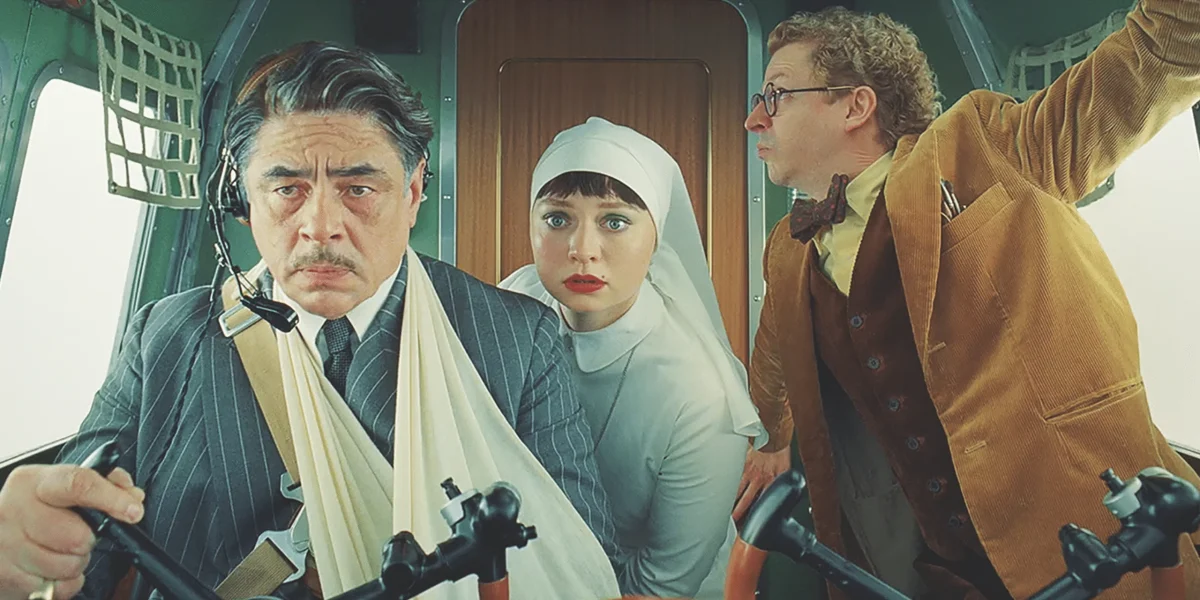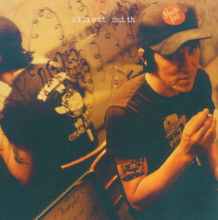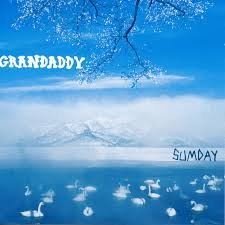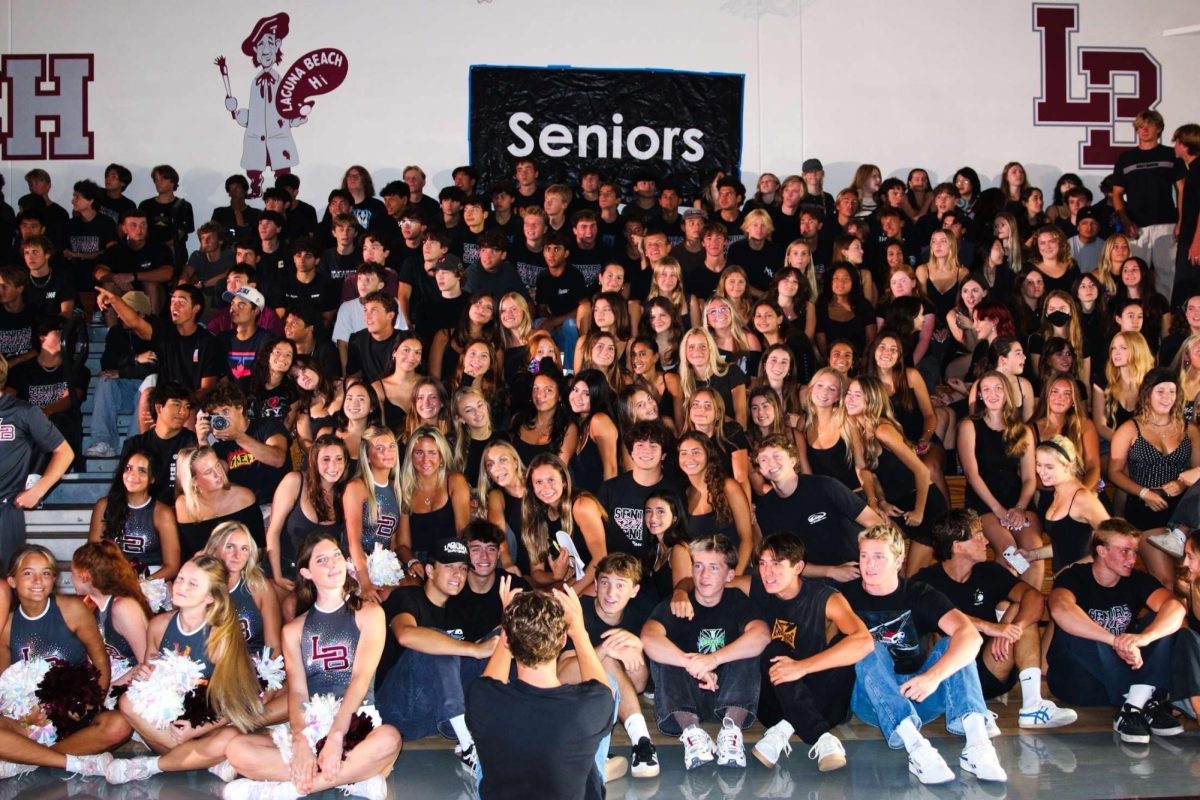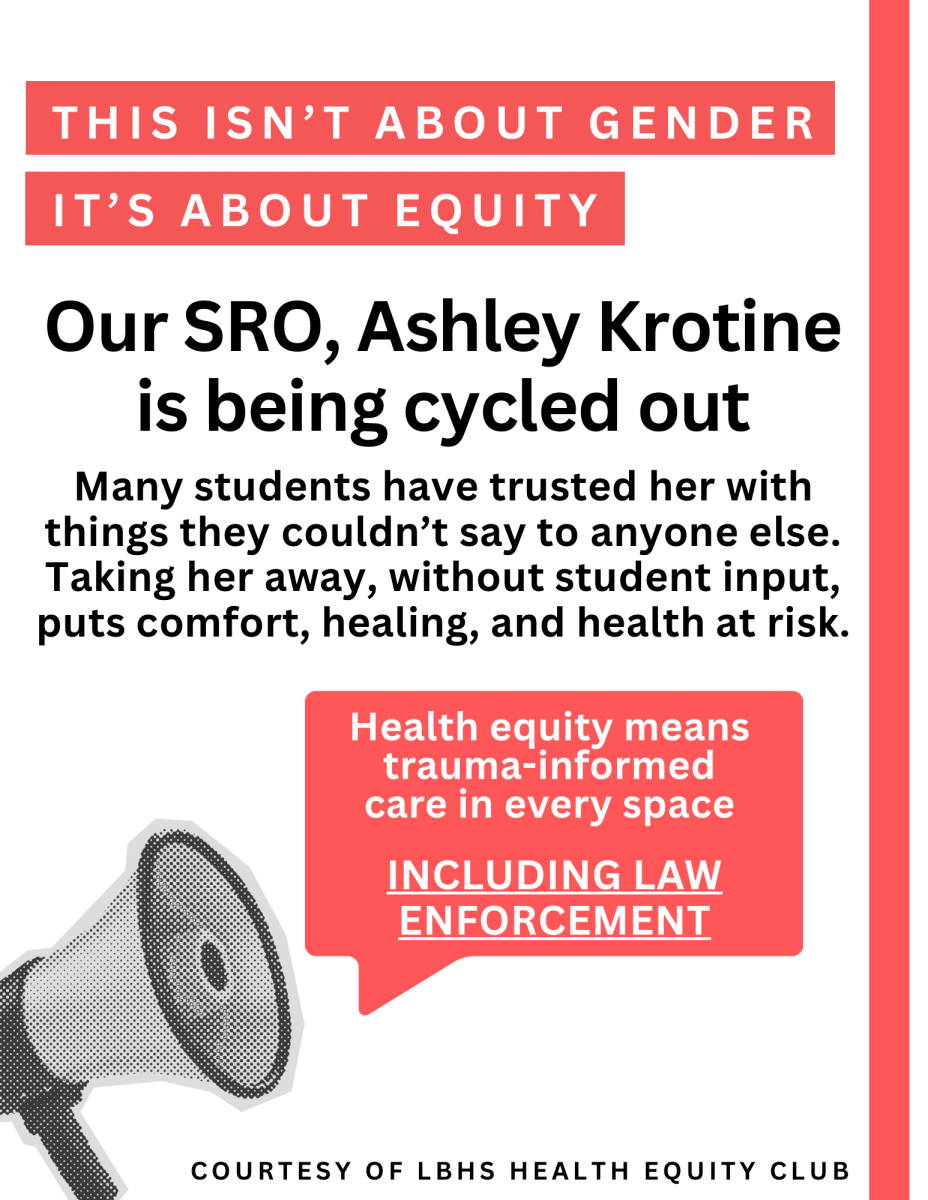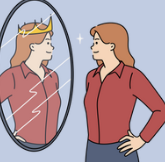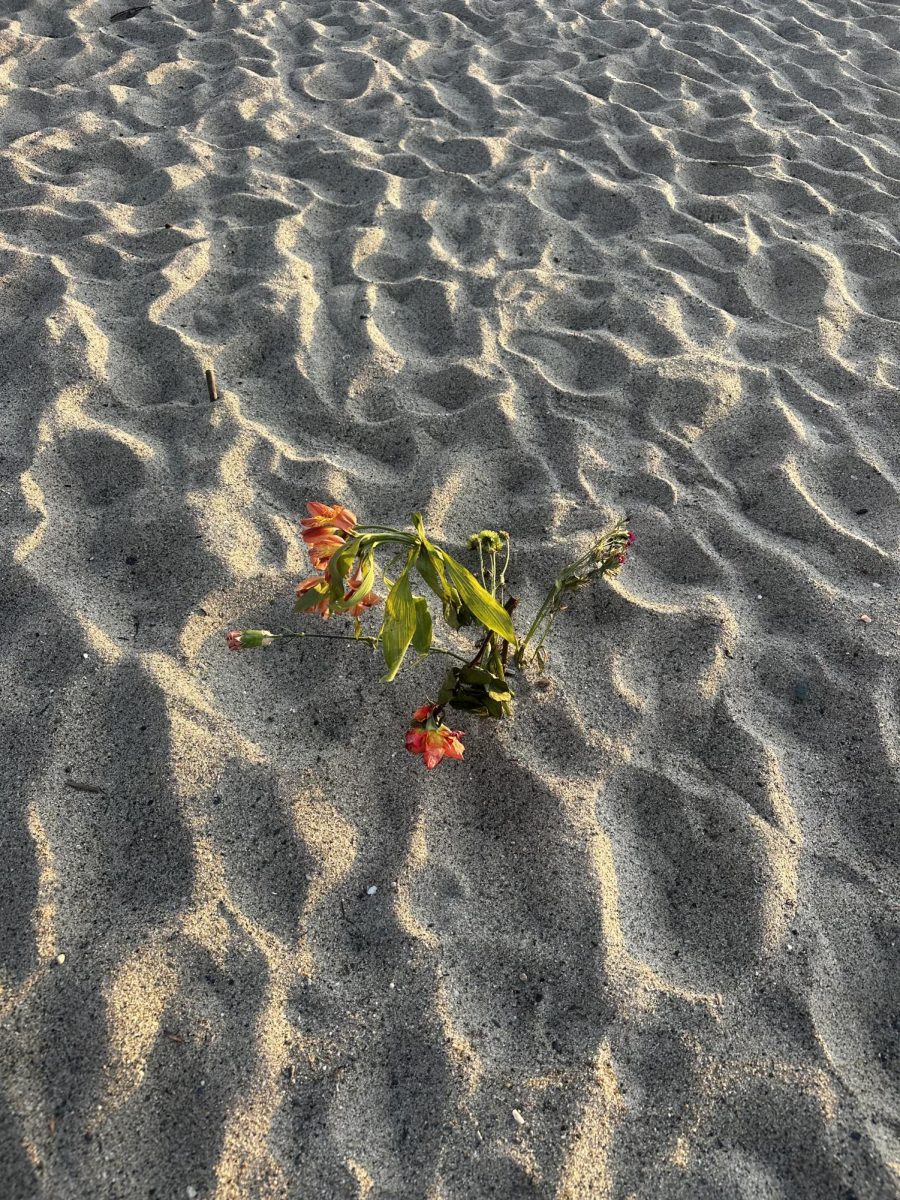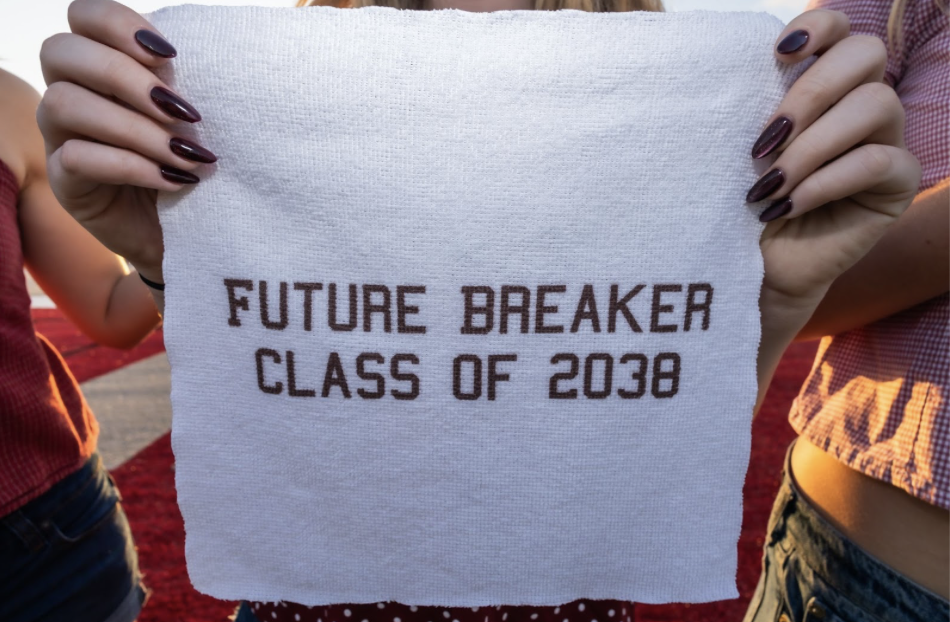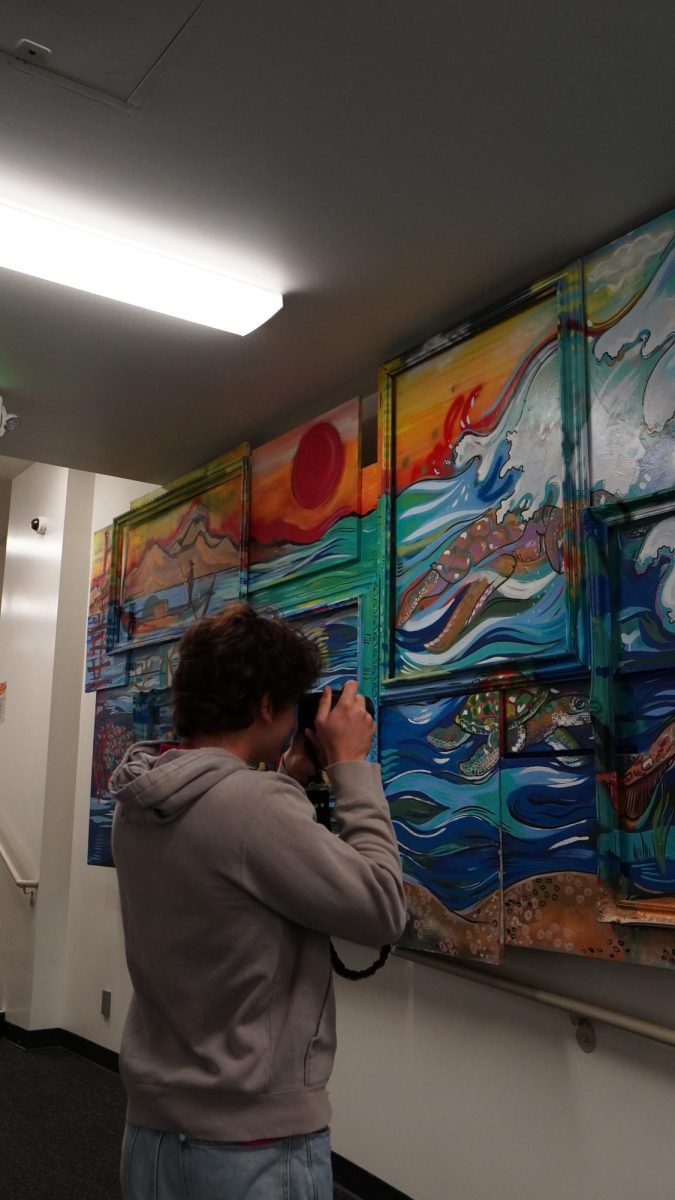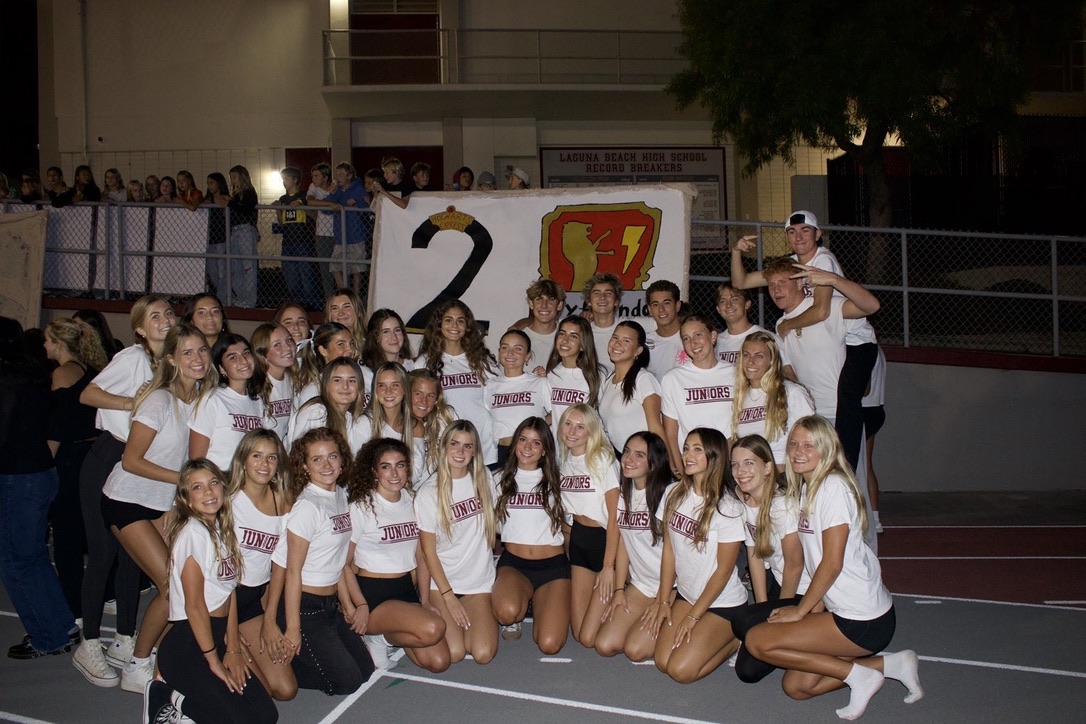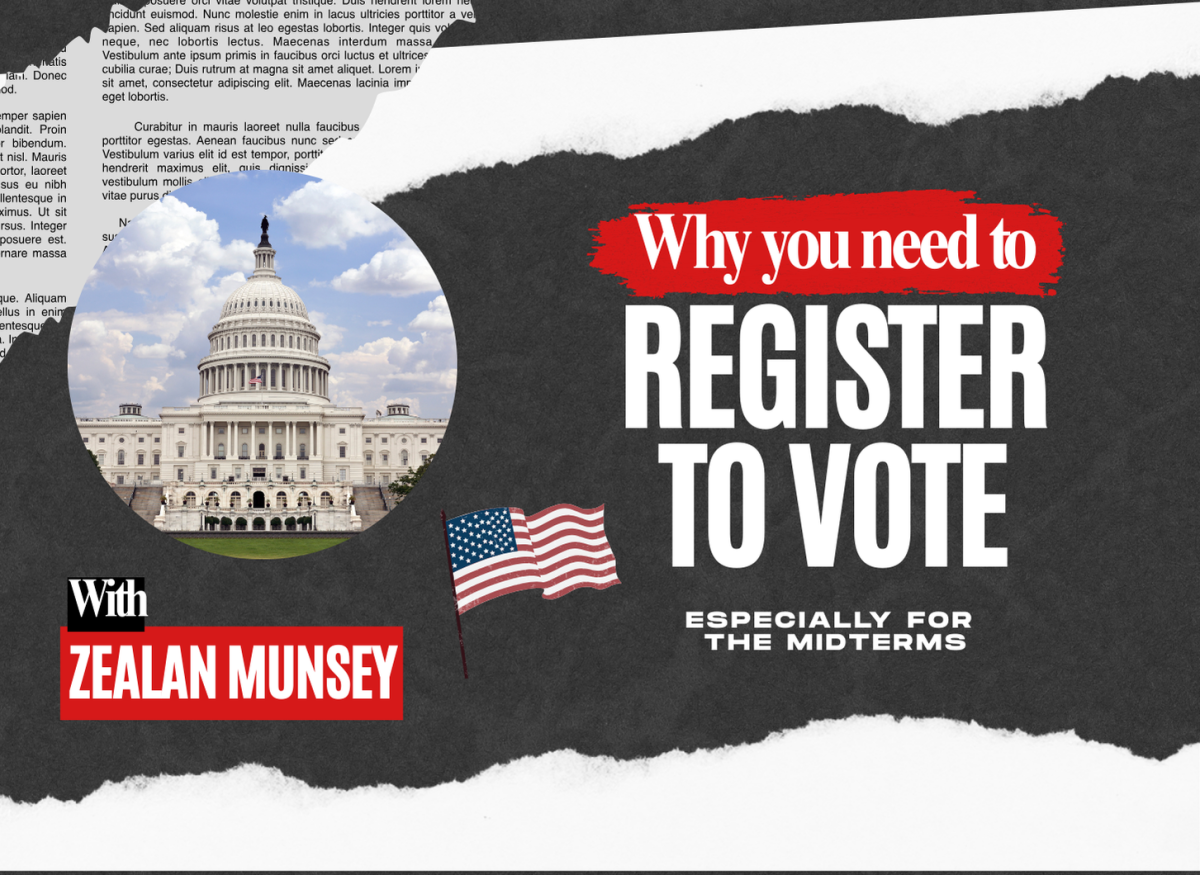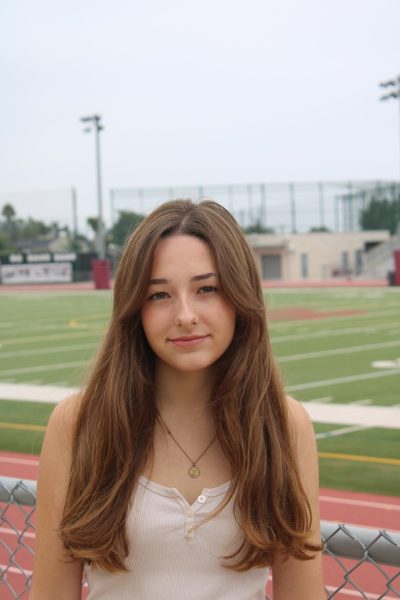Today is an age of everything being redefined and made new, including one of the oldest art forms: poetry. With waves of “trendy” tweet-like poems, comes a question for the ages- is there such a thing as good or bad art? While there is no shame in enjoying a daily dose of Instagramable POV “poems” or admiring a modern painting of a completely blank canvas, there is a definition to what makes art beautiful, or at least interesting: meaning. Most contemporary artists today lack authentic purpose and pump out or polish off whatever makes a quick buck. Modern art is heavily influenced by what is trending, whether clean-latte-tomato-girl-minimalist art for an L.A. apartment or marauders fan-fic; it all comes down to trends.
Rupi Kaur, considered the best modern poet, has sold over 11 million copies of her books Milk and Honey and Homebody, which are translated today into a total of 43 different languages. She may not be the best in everybody’s eyes, but she is undoubtedly the most successful poet of today. While she can’t be blamed for following trends, as it is way more challenging to sell oneself in a creative career than it ever has been, one can’t help but wonder why she doesn’t sneak in some actual “good” poems. It seems that the trends have completely consumed her. Unlike other modern artists, who receive massive backlash for following what they thought the people wanted but still stay true to their own sense of art after becoming famous. With two published books, why haven’t Rupi or other modern poets returned to their artistic roots? Maybe there isn’t anything there to return to.
With social media being made available to anyone with a phone, anyone can be a published writer. Poetry is being distributed in masses with no editing, supervision, and lessening quality. If a post gets a lot of likes, people will think it’s good by a majority vote. But, popular doesn’t necessarily mean good, just like bestseller doesn’t mean best. Linguistic standards have been eradicated from the literary world and dumbed down to a level the current audience would understand. The existing audience, being children, would not be interested in Edgar Allen Poe. But, if the marketed commercialization of poetry could somehow become shifted toward a genuinely poetic demographic, there might be hope for the return of real poetry. As opposed to: “he didn’t call me back, my heart started to crack”.
Art in any shape or form is genuinely admirable. A child’s drawing brings a mother to tears, and a crappy sappy love poem on Valentine’s Day can mean the world. The thought of art, and one going through the motions to create it, is enough meaning in and of itself. This is one of the reasons AI is one of the worst things to happen to art, and most would rather read one barely formed sentence than an intricate 100-line “poem” generated by a bunch of ones and zeroes. If art were to be described in one word, it would be ‘human.’ If one can step back from a critical eye, anything could be moving; it just might not be good.
There has always been lousy art; it just hasn’t been published. Nowadays, one looking to find online poetry must sift through thousands of poems to find one with an ounce of substance. To create something great, the artist must balance skill and passion, not a little interest and a phone. Art is the last thing that should have rules and “laws,” but culture today has moved toward a place where there needs to be. The lack of innovation has led us to a site that is both plain boring and even lonely. Art, poetry, and language should not be associated with the word desolate, or even worse, #fyp. Social media has negatively impacted the world of literature, but art will always persevere just like humans will.




